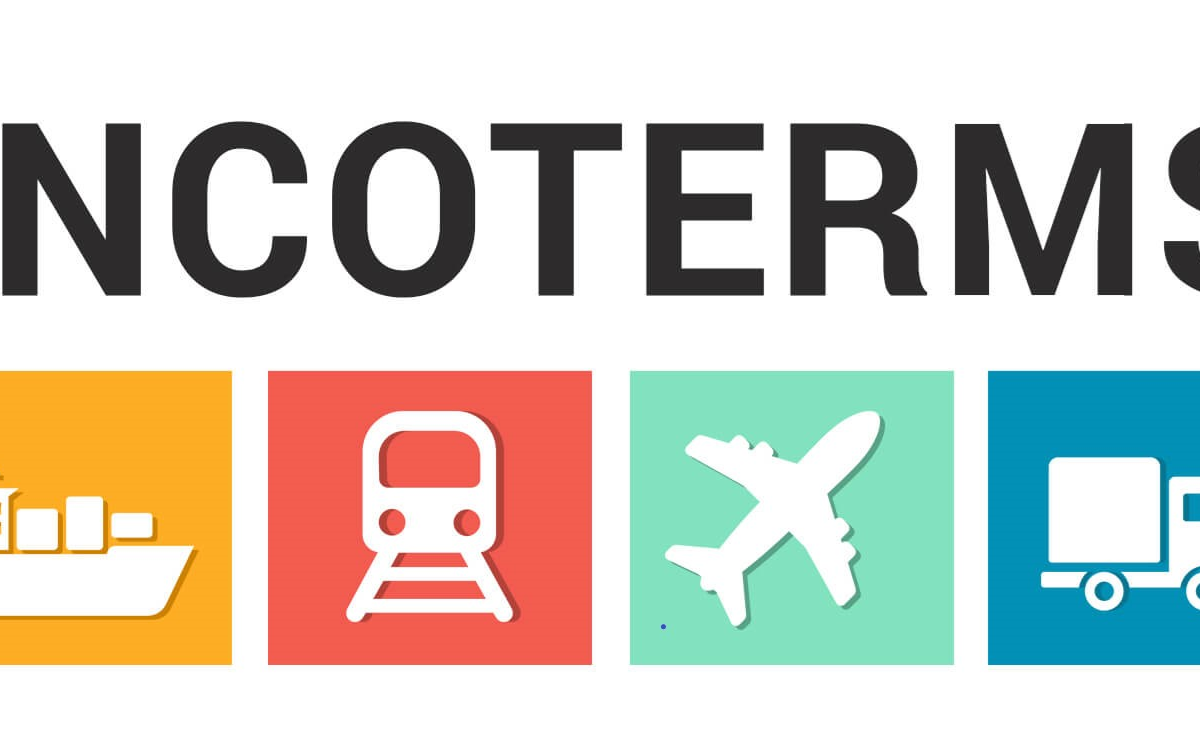The foundation of international commerce is rapidly shifting, characterized by nations forging strategic economic alliances while major powers intensify protectionist measures. Recent moves in both Asia and the West highlight a dynamic global trade order driven by core national interests and ever-present geopolitical tensions.
India’s Proactive European Play
In a calculated effort to tackle a persistent and expanding trade deficit with Europe, India’s Commerce and Industry Minister, Piyush Goyal, is scheduled to visit Berlin. The trip is central to India’s strategy to significantly boost its exports and attract greater investment from Germany, Europe’s largest economy.
India’s trade deficit with Germany stood at a notable $8.03 billion in FY25, a result of imports ($18.56 billion) vastly outweighing exports ($10.53 billion). This gap highlights India’s significant dependency on German machinery, electrical equipment, and high-end precision technology.
Minister Goyal’s visit is timed with the 25th anniversary of the India-Germany strategic partnership. Beyond bilateral discussions, the engagement is crucial for pushing forward the ongoing India-European Union (EU) Free Trade Agreement (FTA) negotiations. By deepening cooperation, India aims to diversify global supply chains and expand sustainable manufacturing linkages, specifically addressing market access hurdles for vital Indian sectors like engineering, chemicals, and textiles.
Trump’s Escalation: A Colossal 155% Tariff on China
On the other side of the trade world, US President Donald Trump has announced a dramatic escalation in trade tensions with China. The US plans to impose a colossal 155% tariff on Chinese goods imported into the country, with the measure set to take effect on November 1.
This announcement is a stark signal from Washington, which views the measure as a necessary correction for years of one-sided economic dealings. President Trump defended the tariffs, stating that “China has been very rough with us over the years,” and framed the aggressive move as crucial for “national security”.
Crucially, this exceptionally high tariff rate is part of an intensifying “secondary tariff” strategy. This approach targets countries perceived as indirectly supporting Russia’s war efforts in Ukraine by continuing energy trade. While this strategy previously led to a 50% tariff on India’s Russian oil imports and the escalating tariff against China sends a much broader geopolitical warning. The administration maintains that these tariffs are a vital tool to fix past trade deficits and secure American economic interests.
Global Commerce at a Crossroads
These two concurrent developments—India’s strategic outreach to Germany and the US’s tariff escalation against China—vividly illustrate the complex, multi-layered nature of global commerce today. As nations like India actively seek stable, reliable partnerships to manage trade imbalances and secure their supply chains, major global powers are increasingly deploying protectionist measures to reshape economic relationships. This dynamic environment ensures continued volatility and strategic negotiation will define international markets through the end of the year and into the future.



